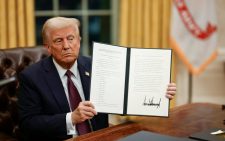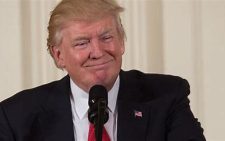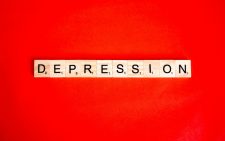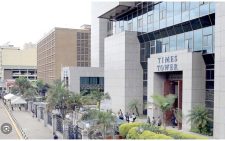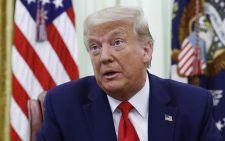Americans stocking up and anticipating pain from a volatile trade policy

Emily Moen, a coffee shop manager in Omaha, Nebraska, was scrolling through TikTok this past week when she came across a video informing her that President Donald Trump’s tariffs could lead to higher prices for essential baby products.
Moen, who is pregnant, said she had not planned to buy a car seat soon. But after watching the video, she researched one made by Graco that she had been eyeing, and learned that it was made in China. Worried that the $200 seat could get even more expensive, she bought it on Amazon.
“It was like an awakening to get this done now,” said Moen, 29.
As the Trump administration’s trade war with China escalates, many consumers have raced to purchase foreign-made products out of fear that companies could start to raise prices soon. Some have rushed to buy big-ticket items like iPhones and refrigerators. Others have hurriedly placed orders for cheap goods from Chinese e-commerce platforms.
The White House this past week imposed a minimum tariff rate of 145 per cent on all Chinese imports to the United States, on top of other previously announced levies, including a 25 per cent tariff on steel, aluminum, cars and car parts. And this month, Trump ordered the end of a loophole that allowed goods from China worth less than $800 to enter the United States without tariffs.
Early data show that consumers flocked to stores and stocked up on goods after the administration announced sweeping tariffs on nearly all trading partners. Trump backed down on some threats this past week and instituted a 90-day pause on more punishing levies. But he said that the halt would not apply to China, and he instead raised tariffs again on all Chinese goods.
Then the administration issued another reprieve. Late Friday, it announced a new rule that appeared to spare smartphones, computers and other electronics from most of the new fees.
China is the second largest source of U.S. imports, and makes the bulk of the world’s cellphones, computers and toys.
According to Earnest Analytics, a firm that analyses data on millions of debit and credit card payments, consumer spending at Apple was up 20 per cent between April 2 and April 7 compared with average spending there in recent months. Spending was also up 10 per cent at Home Depot and 18 per cent at the department store chain Belk, according to the analysis.
Consumers have also raced to grocery stores, large discount chains and car dealerships in recent days. Purchases of shelf-stable goods surged in the five days following Trump’s tariff announcement on April 2, with sales of canned and jarred vegetables up 23 per cent, sales of instant coffee up 20 per cent and ketchup sales up 16 per cent compared with the same period the week before, according to data from Consumer Edge, a company that tracks consumer behaviour.
Although some consumers have been more strategic with their purchases, others might be stockpiling because of uncertainty about which products will be affected by tariffs, and whether companies will raise prices, analysts said.
Before Trump exempted many electronics from most of the new tariffs, the threat of higher prices prompted many consumers to buy electronics, particularly iPhones.
